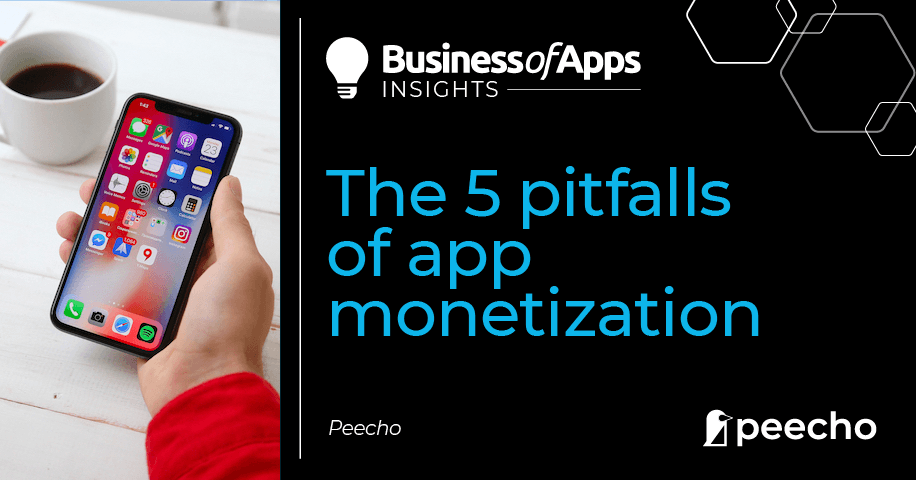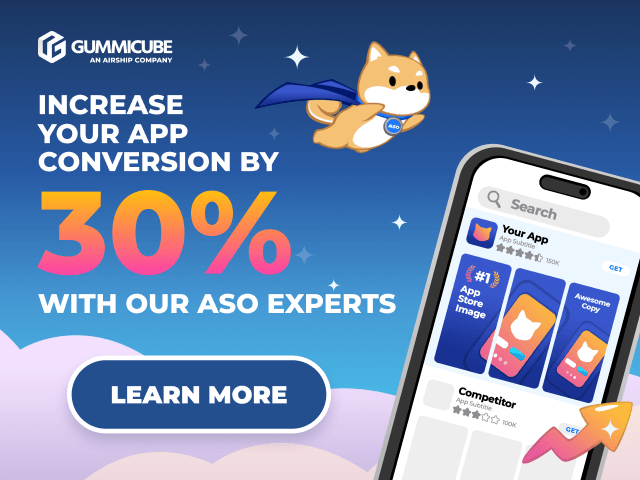Monetization is a very effective way to generate revenue from your app or platform. However, if you fail at building an app or platform that’s valuable to your users, then all your preparations and monetization efforts would be in vain.
In this article we’re going to explore the pitfalls of the biggest monetization strategies so that you can avoid them and mold your plans accordingly.
If you’re not familiar with the biggest monetization strategies out there yet, check our article: The best 5 monetization strategies for content heavy apps and platforms.
1. Not putting your users first
Finding the right balance between monetizing your user base and providing seamless user experience of your app or platform can be very challenging.
If you opt to monetize with advertising, make sure excessive ads don’t disrupt the natural flow of the application experience. In order to avoid users turning elsewhere, your ads don’t have to be intrusive or pushy, but highly targeted and presenting the right offers to the right users.
Have you chosen to monetize through subscription instead? Then be aware that users who’ve paid for extra value after the free trial won’t stick around if you fail to regularly provide the content they were promised or if you keep showing them annoying ads.
Finally, if you’ve chosen to go for the in-app purchases strategy, then bombarding your users with messages might have the opposite effect and only discourage them from buying.
2. Implementing ads inappropriately
Ads are often implemented so to generate as many impressions as possible. However, impressions are not equal to revenue. If you don’t take the users’ journey into consideration and insert ads every few minutes or in between actions, your users might just give up on you.
In order to avoid implementing ads inappropriately, choose the most suitable format for your app: place interstitial ads displaying highly engaging videos at natural pause points; run natural-looking ads mimicking the design of your app to blend in with the app’s flow; show reward video ads giving users the choice to watch a video in exchange for an in-app incentive like an extra game life or virtual currency.
3. Not testing your market
If you don’t define the niche that you want to target and test the market before your launch, you won’t know what kind of audience will be interested in your product, or whether there’s even sufficient demand for it.
For this reason, analyzing your potential audience and testing user engagement during a soft launch would be the best route of action.
4. Overlooking user behavior and cultural awareness
Promoting and selling an app on several markets requires you to have significant knowledge of how users interact with it in different countries and to adapt your monetization strategy accordingly.
It could be that users of a country are not interested in the product or service you offer; if it’s a game app, it could be that users of a certain country consider your app too easy instead, and won’t spend time in it to view ads or make in app purchases.
Testing your app before launch and making all the necessary changes to adapt it to the local market can be a major driver of revenue. However, this is not enough, because your monetization strategy needs to be locally adapted, too.
Research shows that certain monetization models are better suited for certain regions. For example, in-app purchases or subscriptions might not work well in countries lacking basic financial infrastructures. Since those users won’t be ready to pay for extra app features or in-game content, advertising would be a better monetizing solution for that audience.
If you offer in-app purchases or subscriptions, remember to also adapt prices to local markets.
5. Delayed monetization strategy
Having a monetization plan in place even before the work on your app has started will make it easier for you to earn revenue from it.
You’re still not sure why having a monetization strategy is necessary? Check our article: Why do founders need a monetization strategy?
If you wish to read the complete version of our Ultimate Content Monetization eBook, including interviews with successful entrepreneurs, you can download it for free.
Conclusions
In order for your monetization strategy to be successful, remember that:
- The user experience is critical: intrusive and excessive ads will have a negative impact on the success of your product.
- The users’ journey must be taken into consideration: choosing the most suitable ad format for your app will prevent drop-offs.
- It’s necessary to know your audience: experimenting, keeping an eye on the target audience, and testing the market and the user engagement will give you important data to work with.
- User behavior and cultural awareness cannot be overlooked: adapting your app and monetization strategy to local markets will be a major driver of revenue.
- Having an early monetization plan will make everything much easier.











